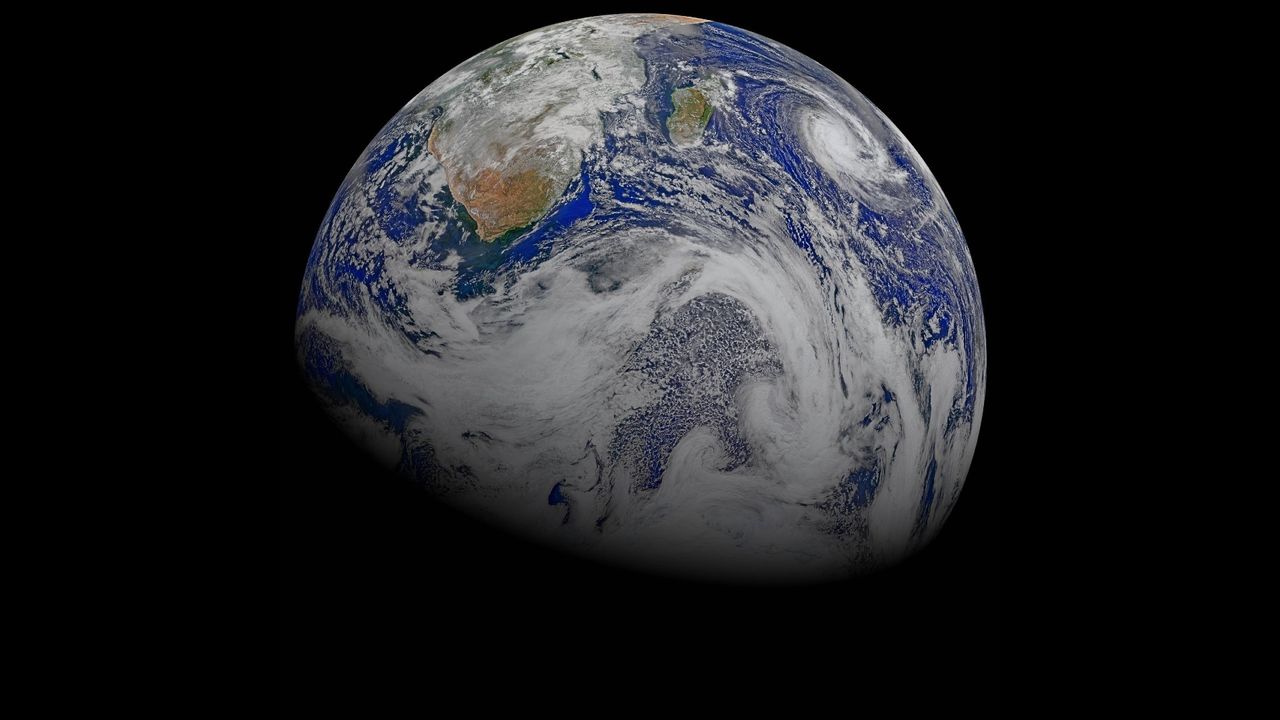BREAKING NEWS: Astronomers have developed a revolutionary algorithm that transforms stargazing instruments into powerful climate sensors capable of measuring greenhouse gases (GHGs) in Earth’s atmosphere—both by day and night. This innovative technology, named Astroclimes, has just been unveiled by scientists from the University of Warwick in collaboration with Spanish institutions.
This urgent discovery comes as the world grapples with the pressing challenge of climate change. The new algorithm allows astronomers to utilize starlight observations to track critical GHGs such as carbon dioxide, methane, and water vapor—a significant advancement in atmospheric science.
Unlike traditional methods that rely on solar spectra and can only function during daylight hours, Astroclimes leverages telluric lines—absorption features caused by the interaction of starlight with atmospheric particles. Marcelo Aron Fetzner Keniger, a Ph.D. student in Astronomy and Astrophysics at Warwick, explains, “Using telluric lines to measure GHGs has been extensively employed during the day. However, Astroclimes can hopefully fill the gap with nighttime measurements.”
To validate this technology, an observing campaign was conducted in July 2023 at the Calar Alto Astronomical Observatory in Spain. The team combined daytime solar measurements from the COllaborative Carbon Column Observing Network (COCCON) with nighttime starlight measurements captured by Astroclimes to examine the carbon cycle effectively.
Omaira García-Rodríguez, coordinator of the COCCON-Spain network, stated, “One of the main objectives is to improve current knowledge of GHG sources and sinks, thus contributing to the development of mitigation and adaptation strategies for climate change.”
Keniger remains optimistic about the potential impact of Astroclimes. He stated, “If we can successfully calibrate Astroclimes with COCCON measurements, it could provide a new network for measuring GHG abundances, complementing current networks with nighttime observations.”
As the urgency surrounding climate action escalates, this breakthrough could be pivotal in enhancing our understanding of greenhouse gases. With Astroclimes, scientists aim to deliver critical insights into the atmospheric changes affecting our planet.
Stay tuned for further developments on this groundbreaking technology that could transform our approach to climate monitoring and contribute to global efforts in combatting climate change.
